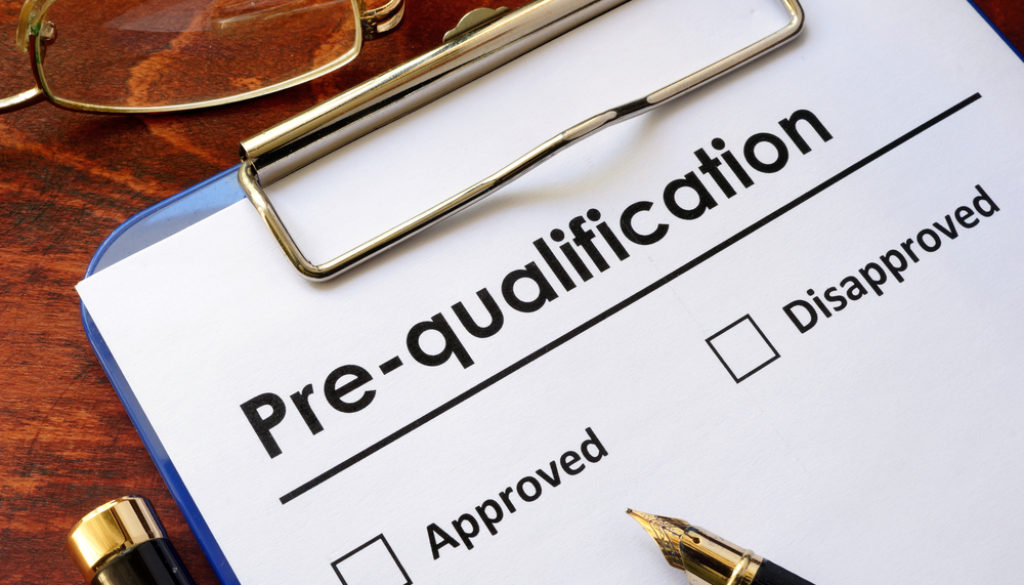Basics on the Mortgage Prequalification Process
The mortgage process is a lengthy and sometimes complex one, and many potential homebuyers look for ways to get out ahead and begin certain elements of this process as early as they can. One common method for doing so is obtaining what’s known as mortgage prequalification.
At Primary Residential Mortgage, we’re proud to explain prequalification, its cousin pre-approval, or any other preparation areas to you as you apply for one of our numerous home loan types, ranging from conventional loans to jumbo loans, VA loans, UDSA loans and many other mortgage programs. Here are some basics on prequalification and whether obtaining it is the right move for you.
Prequalification Basics
Prequalification is a method of providing basic financial information to potential lenders, allowing said lenders to provide them with basic thresholds for the mortgages and interest rates they may qualify for. Unlike pre-approval, which is a related but different process, prequalification is not a binding process – it’s only meant to give you a general idea of your finances and how they match up to the current mortgage market.
Information to Provide
To carry out prequalification, lenders will require some basic financial information from prospective buyers. Here are the documents that you may be asked for if you apply for prequalification:
- Credit score and history: Lenders prefer clients with better credit ratings, and those below certain thresholds will have to pay higher down payments and interest rates.
- Proof of income: Lenders will also need to see some kind of income proof, whether it’s W-2 statements from recent years, recent pay stubs or some other proof. They will not extend loans or even prequalification without this information.
- Proof of assets: You will also have to provide bank statements or other proof of additional assets you hold, including bonds, stocks or investments.
- Employment verification: Your lender wants to see pay stubs, and will also likely verify that you continue to be employed and are earning a reliable monthly income you can use to repay the mortgage.
- Documentation: For proof of identity and other basic needs, lenders will also ask for your driver’s license and potentially your social security number and signature during prequalification.
Length of Process
How long does prequalification take? The answer actually depends mostly on how quickly you provide the required documents, plus whether the lender needs to clarify any additional factors once you’ve supplied materials. If everything moves smoothly, this process can be finished within a week or two; you will receive a prequalification letter that tells you the home loan amount you are likely to qualify for.
For more on the prequalification process during a mortgage application, or to learn about any of our other home loan products, speak to the staff at Primary Residential Mortgage today
*PRMI NMLS 3094. PRMI is an Equal Housing Lender. Some products and services may not be available in all states. Credit and collateral are subject to approval. Terms and conditions apply. Programs, rates, terms, and conditions are subject to change and are subject to borrower(s) qualification. This is not a commitment to lend. Opinions expressed are solely my own and do not express the views of my employer.




